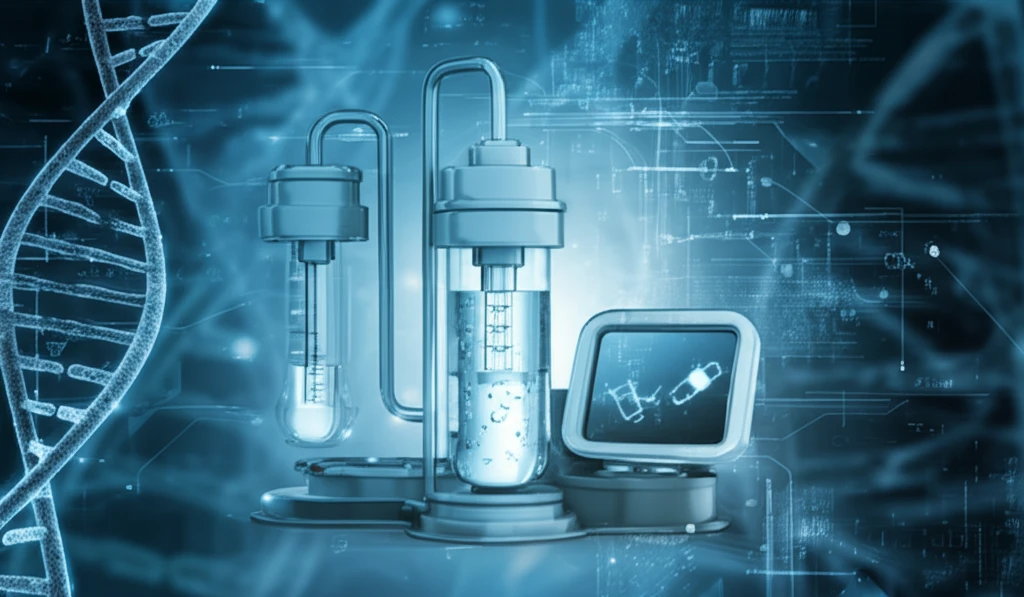
Strontium-90: The Unseen Threat and How Scientists are Racing to Detect It
"Discover the groundbreaking methods scientists are using to quickly and accurately detect Strontium-90, a radioactive isotope, in our environment, ensuring our safety and future."
In the wake of the 2011 Fukushima Daiichi Nuclear Power Plant accident, the scientific community has focused on developing rapid detection methods for radioactive strontium, particularly Strontium-90 (90Sr). While initial concerns centered on radioactive iodine (131I) and cesium (134Cs, 137Cs), the less publicized 90Sr, a byproduct of nuclear fission, poses a long-term threat due to its potential to contaminate the environment and enter the food chain.
90Sr, with a half-life of approximately 29 years, is a pure beta-emitting radionuclide, making it difficult to detect using conventional gamma spectroscopy. Its chemical similarity to calcium allows it to be easily absorbed into bones, increasing the risk of bone cancer and other health issues. This necessitates the development of sensitive and rapid analytical techniques to monitor its presence in environmental samples.
Traditional methods for 90Sr detection are time-consuming and labor-intensive, often requiring complex chemical separation steps. However, recent advances in Inductively Coupled Plasma Mass Spectrometry (ICP-MS) offer a promising avenue for rapid and accurate 90Sr analysis. This article explores the challenges and innovations in 90Sr detection, highlighting the role of ICP-MS in safeguarding public health and the environment.
The Challenge of Detecting Strontium-90

90Sr presents unique challenges due to its chemical properties and decay mode. Unlike gamma-emitting radionuclides, which can be easily detected with portable instruments, 90Sr's pure beta emission requires more sophisticated analytical techniques. Traditional methods involve chemical separation of strontium from the sample matrix, followed by beta counting or mass spectrometry. These methods can take days or weeks to complete, making them unsuitable for rapid screening or emergency response.
- Improving chemical separation techniques to selectively isolate strontium from complex matrices.
- Developing more sensitive and rapid detection methods based on mass spectrometry.
- Utilizing ICP-MS to overcome limitations of traditional beta counting methods.
The Future of Strontium-90 Detection
The development of rapid and sensitive methods for 90Sr detection is crucial for ensuring public health and environmental safety. ICP-MS-based techniques offer a promising avenue for achieving this goal, but further research is needed to optimize these methods and address remaining challenges. As technology advances, we can expect to see even more innovative approaches to 90Sr detection, enabling faster and more accurate monitoring of this important radionuclide.
